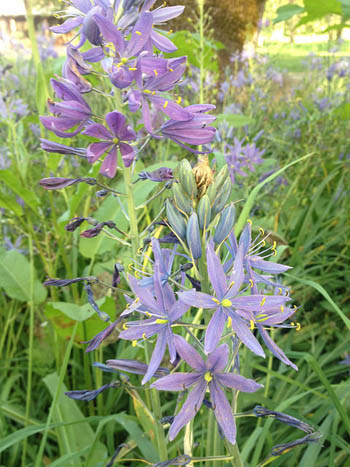
|
INDEX | HEALING WISE | Q & A with SUSUN | GREEN BLESSINGS
THE LIBRARY | PEOPLE MAKING CHANGE | GODDESS ART GALLERY
|
Green Blessings ... with Susun Weed Flowers and Oregon Beauties
|
NEW Menopausal Years the Wise Woman Way  Author: Susun S. Weed. Author: Susun S. Weed. The best book on menopause is now better. Completely revised with 100 new pages. All the remedies women know and trust plus hundreds of new ones. New sections on thyroid health, fibromyalgia, hairy problems, male menopause, and herbs for women taking hormones. Recommended by Susan Love MD and Christiane Northrup MD. Introduction by Juliette de Bairacli Levy. 304 pages, index, illustrations. Retails for $19.95 Order at: www.wisewomanbookshop.com For excerpts visit: www.menopause-metamorphosis.com
|
| |
| HOME | ARCHIVE | SUBSCRIBE | SITEMAP |
Wise Woman Herbal Ezine is sponsored by
www.susunweed.com and www.wisewomanbookshop.com
HEALING WISE | Q & A with SUSUN | GREEN BLESSINGS
THE LIBRARY | PEOPLE MAKING CHANGE | GODDESS ART GALLERY
©Susun
Weed -Wise Woman Center
~ Disclaimer & Privacy Policy ~







